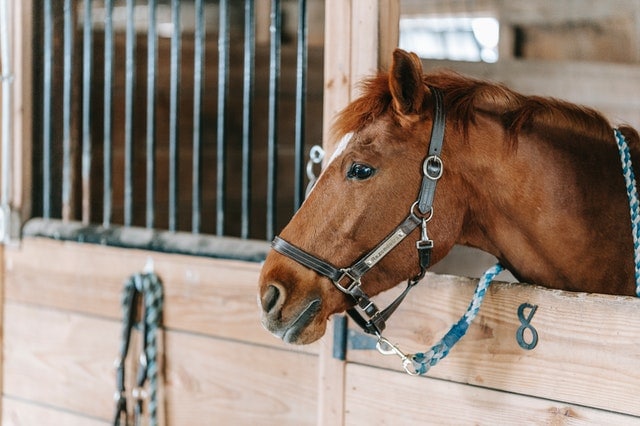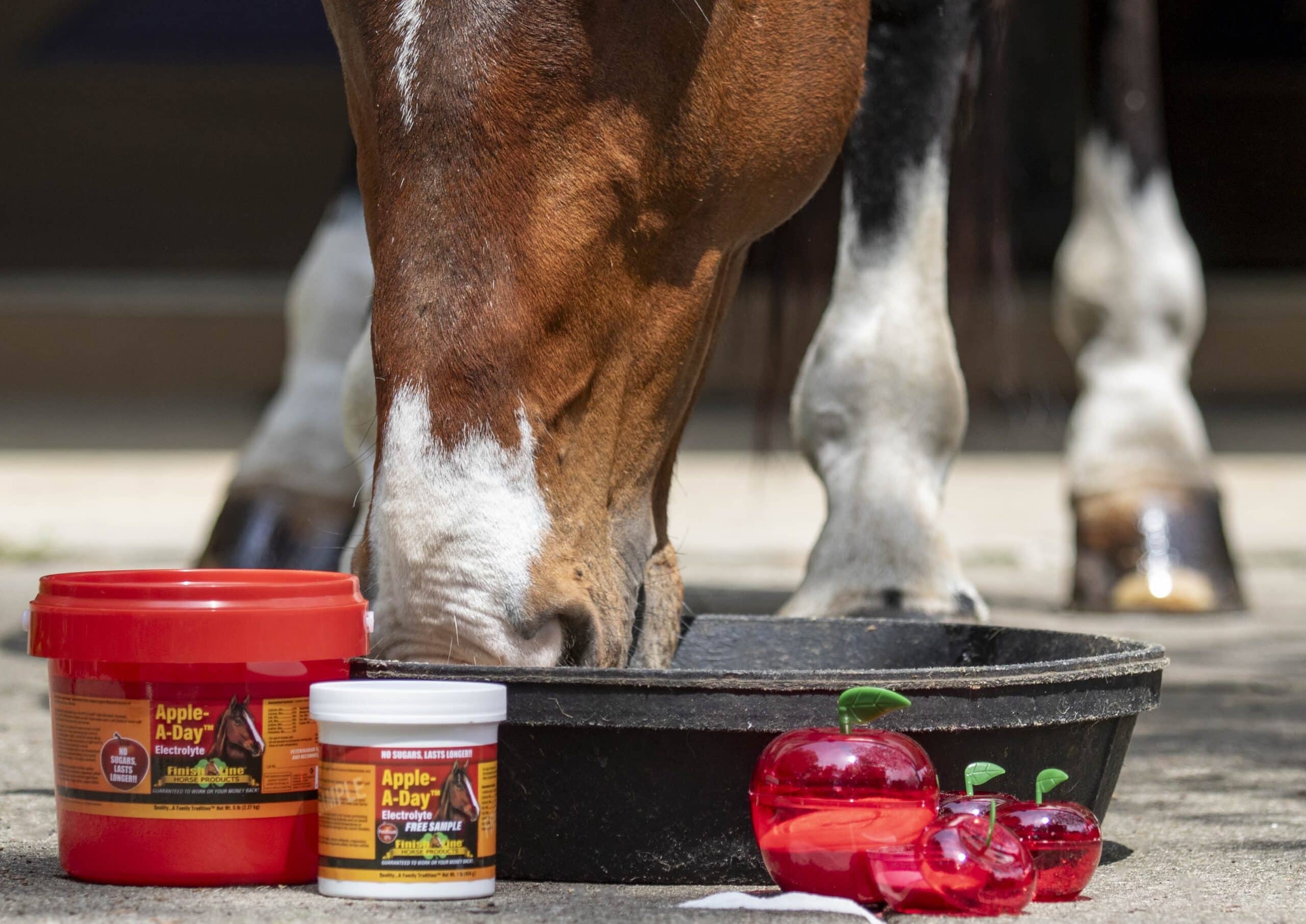Asthma in horses is difficult to understand. As in humans, the condition is often the result of genetics. The difference between asthma, inflammatory airway disease and recurrent airway obstruction has been hard to distinguish, leading a group of veterinarians to recommend the general term “equine asthma syndrome” recently, according to TheHorse.com.
“It is important to recognize that even though IAD and RAO are both in the spectrum of chronic inflammatory disease of the airways, they are not a continuum,” said Laurent Couetil, section head of Large Animal Internal Medicine at Purdue University and lead author of the Inflammatory Airway Disease of Horses Revised Consensus Statement, to TheHorse.com. “This means that not all horses with IAD will necessarily develop RAO, but they are at risk.”
“IAD and RAO share several symptoms with human asthma.”
IAD and RAO share several symptoms with human asthma, making it easier to classify them all as equine asthma syndrome. All are characterized by excessive mucus production, bronchoconstriction and obstructed airflow. Symptoms include wheezing, coughing and breathlessness.
RAO is also known by several other names, including chronic obstructive pulmonary disease, chronic airway disease, chronic obstructive lung disease and heaves. In the primary form of RAO, asthmatic symptoms develop after a horse is exposed to a barn or other enclosure filled with dusty or moldy hay and bedding.
According to the American Association of Equine Practitioners, Dr. Ralph Beadle of Louisiana State University discovered a secondary form of RAO in 1983. This condition, also called summer pasture-associated obstructive pulmonary disease or pasture asthma, occurs after a horse spends time in pasture in warm weather. These horses have difficulty breathing, are reluctant to exercise and can possibly lose weight over time.
Meanwhile, inflammatory airway disease affects the lower respiratory tract and is found in 22 to 50 percent of performance horses, according to the Merck Veterinary Manual. Common symptoms include coughing and nasal mucus, and an endoscopy will reveal a mixture of pus and mucus in the bronchi, pharynx and trachea.
“Remove hay from your horse’s diet, and let it spend more time outside.”
Treating equine asthma syndrome
The best way to care for an asthmatic horse is to limit its exposure to mold and dust. A separate post on TheHorse.com advised removing hay from your horse’s diet and letting it spend as much time outside as possible. Replace the hay with pellets or cubes to reduce the potential for mold. If your horse has to spend lots of time in a barn, use low-dust bedding and feed. Make sure there is proper ventilation by keeping the doors and windows open as long as possible, and keep the horse in a stall at the beginning or end of the building if possible.
Horses that are moved outside show improvement within a few weeks, whereas those who remain inside but receive new bedding or feed improve in about two months. If your horse doesn’t seem to get better, ask your veterinarian about drug treatments. Corticosteroids minimize inflammation and mucus production while bronchodilators relax the throat muscles, reducing spasms and keeping airways open.











